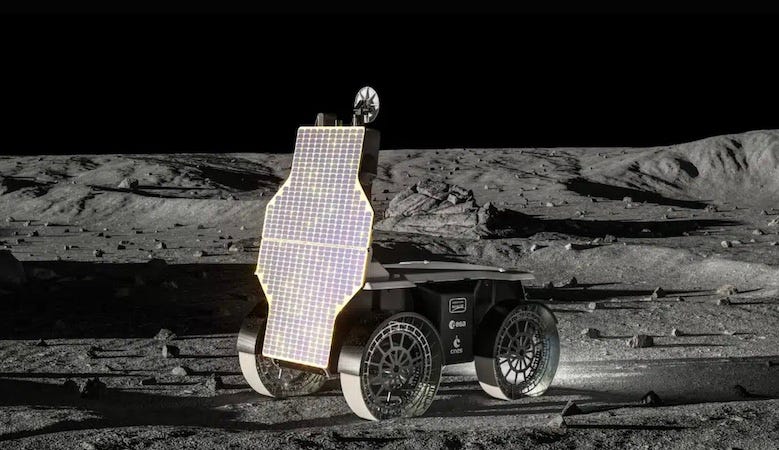European Lunar Rover Introduced at Paris Air Show
MONA LUNA to be Built by Venturi Space
MONA LUNA, a 100% European-built lunar rover, was introduced last week at the Paris Air Show. Designed to support the ambitions of the European Space Agency and the French CNES, the vehicle will be built at the Venturi Space France facility in Toulouse with the ultimate goal of providing Europe with a lunar-capable rover by 2030.
Space is a new frontier,…
Keep reading with a 7-day free trial
Subscribe to The Journal of Space Commerce to keep reading this post and get 7 days of free access to the full post archives.



